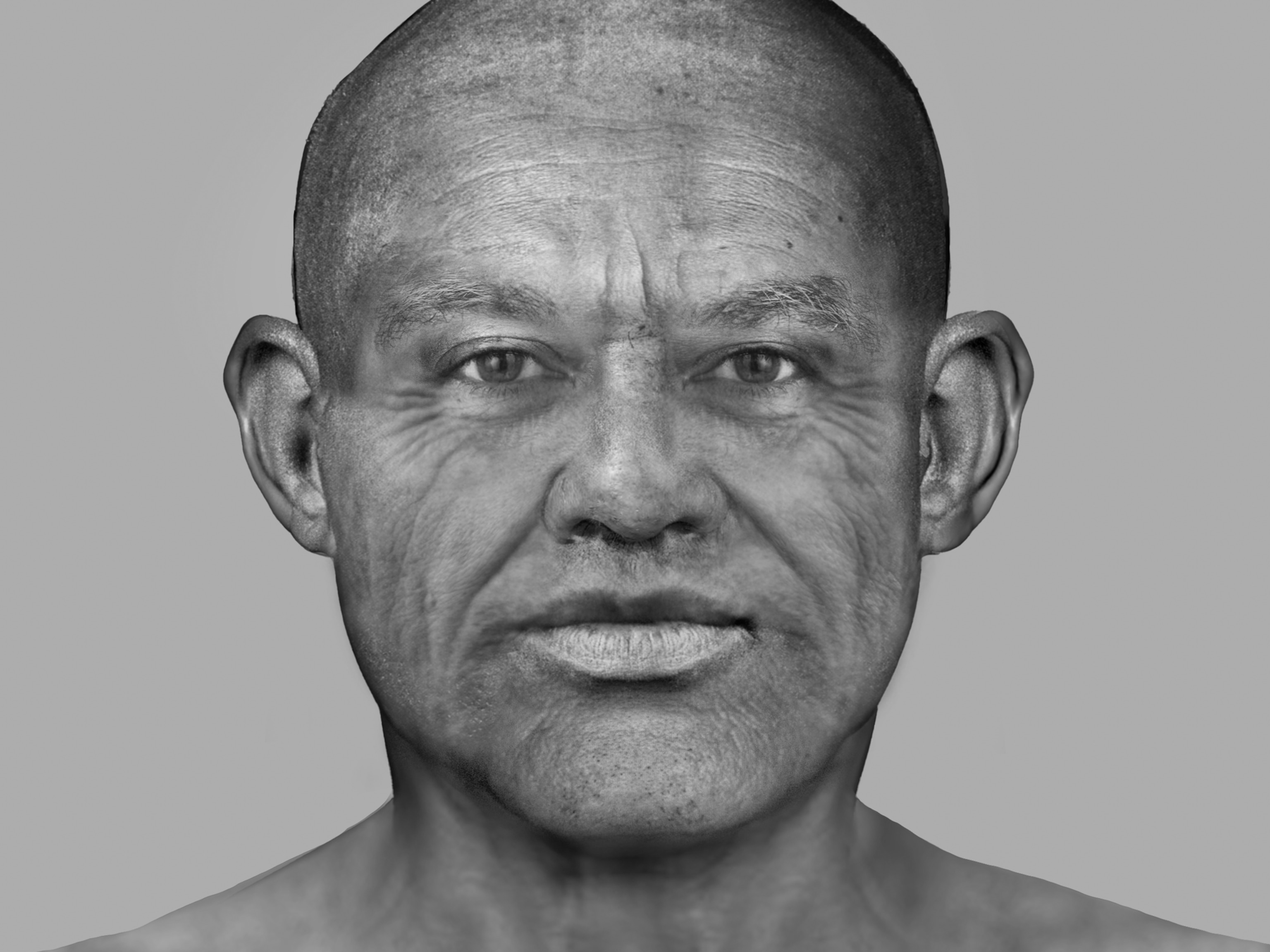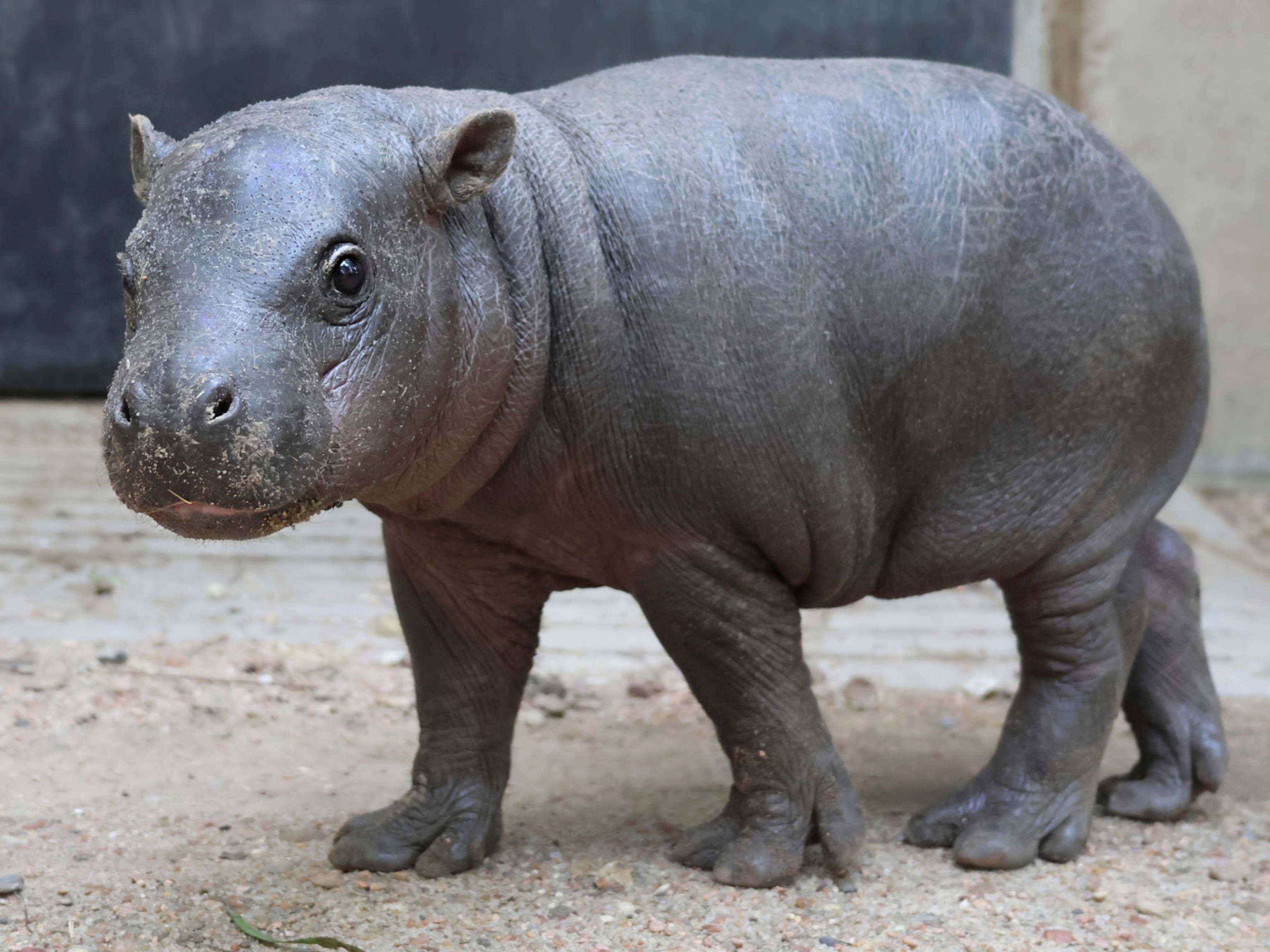When the Mangbetu people of the Democratic Republic of the Congo introduced Western scientists to a smoky-gray, rat-size animal, they told tales of how a grown man could stand on the mammal’s back without hurting it.
That was back in 1910, and since then, studies of the animal in question—which came to be called the hero shrew—have cast light on what may account for such lore. (Another species of hero shrew was discovered, also in DRC, in 2013.)
In 2019, scientists led by Stephanie Smith, a mammologist and postdoctoral researcher at the Field Museum of Natural History, in Chicago, Illinois, took sophisticated x-rays of hero shrews. The scans showed that these little creatures have a spine unlike any other animal on Earth.
Their vertebrae have thousands of tiny, finger-like projections that allow them to lock into each other while also providing remarkable flexibility. Imagine a mammal that can scrunch up its body like an inchworm, Smith says.
What’s more, their vertebrae show signs of being able to withstand greater than normal amounts of force.
“Understanding how small mammals are able to survive gives us a little bit of insight into how modern groups have been able to evolve,” says Smith, whose findings were published April 28 in the journal Proceedings of the Royal Society B.
The story of vertebrae is, in many ways, the story of us. If you go back far enough in human evolutionary history, you’ll find our own ancestor: a small, shrew-like mammal called Juramaia sinensis. (Read more about the dino-era mammal that was the mother of us all.)
Spinal mystery
No one knows why the hero shrew evolved super spine strength and flexibility.
One theory is that the animals’ spinal adaptations help them pry apart palm leaves in their central African forests to get at juicy insect larvae within. It makes sense, Smith says, although, she adds, no one has ever documented them doing that.
Hero shrews are difficult to study in their natural habitat. They’re small and skittish, and much of their home range lies within the DRC, which has suffered decades of armed conflict.

Smith conducted her research on 16 hero shrew specimens of both species at the Field Museum of Natural History, as well as four specimens of a closely related, similar-size cousin known as the goliath shrew for comparison. The x-rays were done at the University of Chicago PaleoCT facility, which is typically used to study small fossils.
Short of seeing how hero shrews’ spines assist them in the wild, a hypothetical way to determine the purpose for their ultra-strong spine would be to raise a population of hero shrews in captivity and compare their vertebrae with those of wild specimens, says Meir Barak, an anatomist at Long Island University’s College of Veterinary Medicine who was not involved in Smith’s study. (Learn about a giant elephant shrew discovered in Kenya.)
That’s because bones react to repeated, high-magnitude stresses by building more bone. Just as humans lose bone mass during long periods of bed rest, similar changes may occur in the bones of captive hero shrews, which may offer clues into the how and why of wild shrews’ spines.
“A simple example is the right and left hand of professional tennis players,” Barak says in an email. “In their strong hand, the cortex of their radius is much thicker due to repeating high stresses.”
Some serious backbone
Barak says that whereas the hero shrew’s adaptations are “definitely unique,” there are many other animals whose spinal structures have evolved in dramatic ways to accommodate their lifestyles.
Take the spine holding you up right now. By the time a person reaches adulthood, five vertebrae at the base of the spine fuse together to form a base for the vertebral column, called the sacrum. Such a permanent fusing—which helps support our upright posture—might be considered even more extreme than the hero shrew’s interlocking vertebrae, Barak says.
Nearly all mammals have seven vertebrae in their necks, but a few slow-moving species, such as sloths and manatees, have bucked that trend by evolving fewer or more vertebrae. That’s likely because their mostly sedentary lifestyles requires less neck mobility.
Then there are sea lions.
“Sea lions have a really cool neck,” says Danielle Ingle, a physiologist and Ph.D. candidate at Florida Atlantic University. “They lack the interlocking processes between vertebrae that normally restrict motion,” she says. These more flexible necks make them more effective swimmers.
Though we're still stumped by hero shrew’s mighty spine, the Mangbetu of the Congo Basin were equally intrigued by the animal.
“Another part of the lore,” Smith says, “is that they would cremate the bodies of the shrews and take them into battle with them. They thought it made them invincible.”






